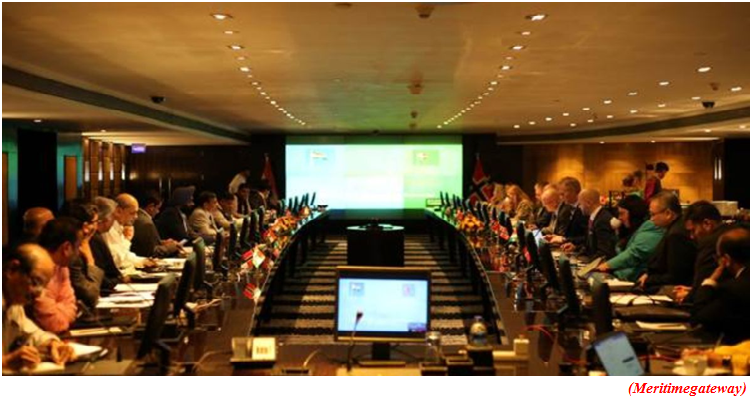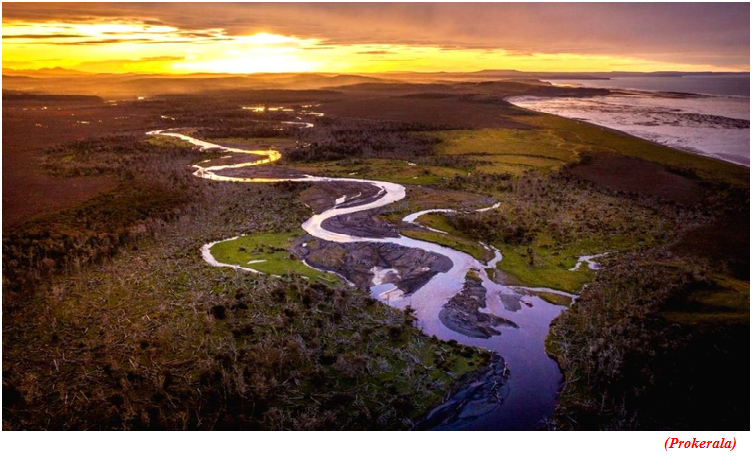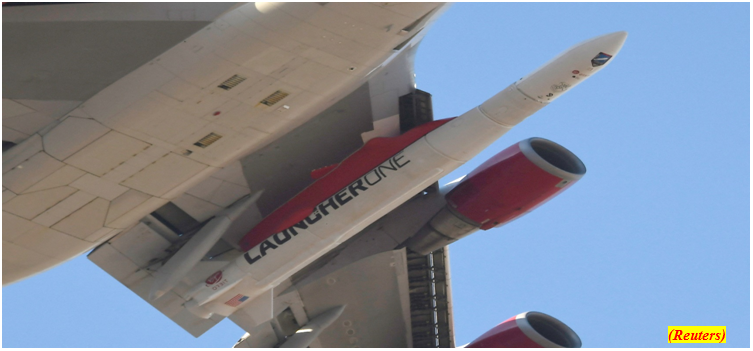India- Norway join hands to for a GREEN MARITIME SECTOR (GS Paper 2, International Relation)

Why in news?
- MoPSW (Ministry of Ports,Shipping and Waterways) is working diligently to develop the Maritime Sector as a goal of MIV 2030. In this regard 8th Norway-India Joint Working Group Maritime meeting was held recently in Mumbai.
Key Highlights:
- The discussion was held on use of alternative fuels like green ammonia and hydrogen for futuristic shipping.
- Norwegian Green Shipping Programme has been successful and the experience and expertise was shared in the meeting.
- India Norway is part of Green Voyage 2050 project, both parties agreed on willingness, devotion, partnership and capacity building for achieving common goals.
India’s proposals:
- India is a signatory to Hongkong Convention for Recycling of Ships. India requested that EU regulation should not hinder to recycling non-European countries which is compliant as per International Convention.
- Norway was requested not to prolong Ship recycling to India as lot of investment has been made by Indian recyclers.
- India has pressed upon cooperation in the filed of Maritime Training in latest maritime technology eg. MASS etc.
- The Indian side has requested Norway to extend Ship Board training and Ship Board training in the area of Polar Water Navigation.
Background:
- India-Norway Joint Working Group on Maritime meetings are being held on a regular basis.
- The 7th JWG on Maritime was held in Oslo in November, 2019.
- During the 7th Meeting issues regarding cooperation in Shipbuilding, enhancing skills of seafarers and environment friendly ships were discussed.
Global assessment reveals huge potential of peatlands as climate solution
(GS Paper 3, Environment)
Why in news?
- Earth loses 500,000 hectares of peatlands a year, while already drained and degraded peatlands contribute around four per cent of annual global human-induced emissions.
- These findings are part of the Global Peatlands Assessment, published by the UN Environment Programme (UNEP).
Global Peatlands Assessment:
- Global Peatlands Assessment, ‘The State of the World's Peatlands: Evidence for action toward the conservation, restoration, and sustainable management of peatlands’ was undertaken by the Global Peatlands Initiative between 2020 and 2022 as decided by the UNEA-4 resolution on the Conservation and Sustainable Management of Peatlands in March 2019.
- Building on spatial data and the best available information from 220 contributors from over 50 countries; including scientists, governments, NGOs, Indigenous Peoples, and others, the report is the first comprehensive global assessment of peatlands in almost 15 years.

What are peatlands?
Threats:
- Around 50 million hectares of peatlands have been historically drained around the world.
- This damaged area is equivalent to around 12 per cent of current peatlands or about 0.4 per cent of the world's land surface area, but contributes 4 per cent of global human-induced GHG emissions annually.
- In addition, 500,000 hectares of peatlands are destroyed by human activities annually.
Way Forward:
- The Global Peatland Assessment can guide countries on how to treat peatlands as a potent nature-based solution for climate change, biodiversity loss and local communities
Britain issues first spaceport licence ahead of maiden satellite launch
(GS Paper 3, Science and Tech)
Why in news?
- Recently, Britain issued its first spaceport licence, paving the way for the country's maiden satellite launch later in 2022 as it looks to become Europe's leading space industry player.
- The licence was issued to Spaceport Cornwall.
Details:
- The issue of the spaceport licence to the site in Newquay, Cornwall, puts Britain one step closer to becoming the first country in Europe from where satellites can be launched into orbit.
- The Civil Aviation Authority (CAA), the UK regulator, is in very advanced stages with Virgin Orbit (VORB.O), Richard Branson's small satellite service provider, for additional licences needed for the launch itself.

Scope:
- Virgin Orbit plans to use a modified Boeing 747 with a rocket attached under its wing. Once in flight, the rocket will set off, taking small satellites into orbit in what is known as a horizontal launch.
- Britain has a large space industry employing 47,000 people who build more satellites than anywhere outside the United States.
- Adding launch capabilities will boost the economy by 3.8 billion pounds ($4.5 billion) over the next decade.
What’s next?
- The CAA is also processing applications from a range of other spaceports and operatorsand has started an environmental consultation for SaxaVord Spaceport in the Shetland Islands, north of Scotland.




